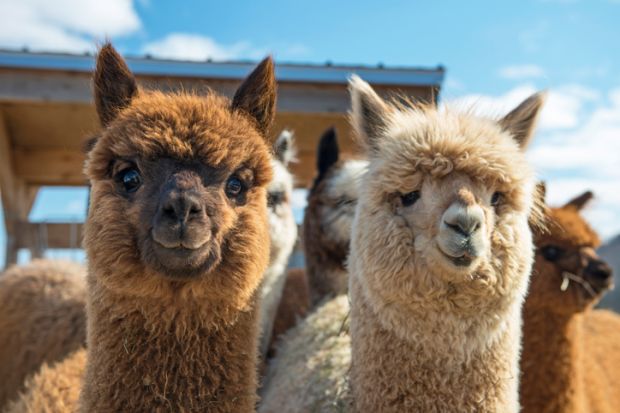Peru, which is home to the world’s largest population of alpacas, hopes to develop a vaccine to prevent and control acute forms of the disease in the animals.
Many young alpacas succumb to Pasteurella multocida pneumonia and, according to Abelardo Lenin Maturrano Hernández, until now “there is no research on a specific vaccine to combat the effects of this disease in alpacas”.
Dr Hernández is the research project coordinator of a programme based at the National University of San Marcos, and partly funded by Peru’s production ministry through its Innovate Peru Program, which aims to develop the vaccine for young and baby alpacas.
“We produced a complete genome sequence of Pasteurella multocida to develop an effective solution against pneumonia in alpacas,” explained Dr Hernández, and then “initiated a search for virulence and/or pathogenicity factors that would act as immunogens”.
By using “reverse vaccinology techniques”, they were able to create a recombinant vaccine designed to bolster alpacas’ defences against bacterial pathogens causing the respiratory illness.
Register to continue
Why register?
- Registration is free and only takes a moment
- Once registered, you can read 3 articles a month
- Sign up for our newsletter
Subscribe
Or subscribe for unlimited access to:
- Unlimited access to news, views, insights & reviews
- Digital editions
- Digital access to THE’s university and college rankings analysis
Already registered or a current subscriber?






